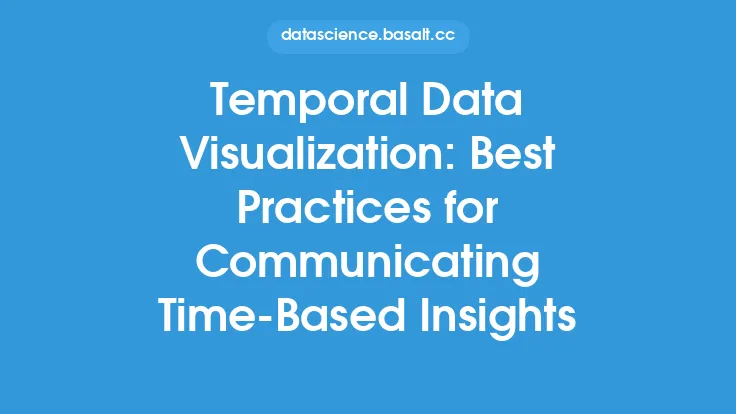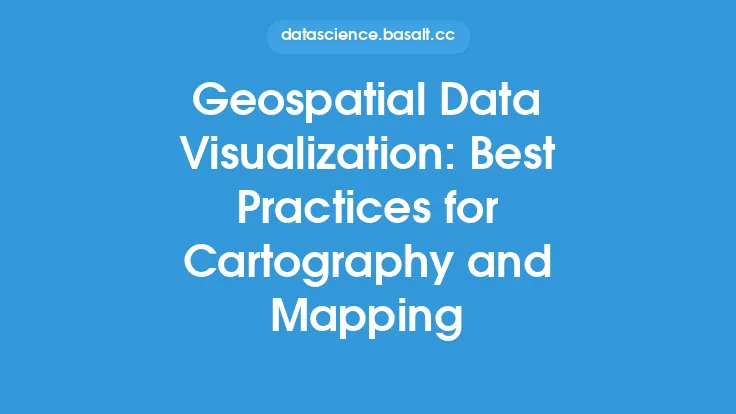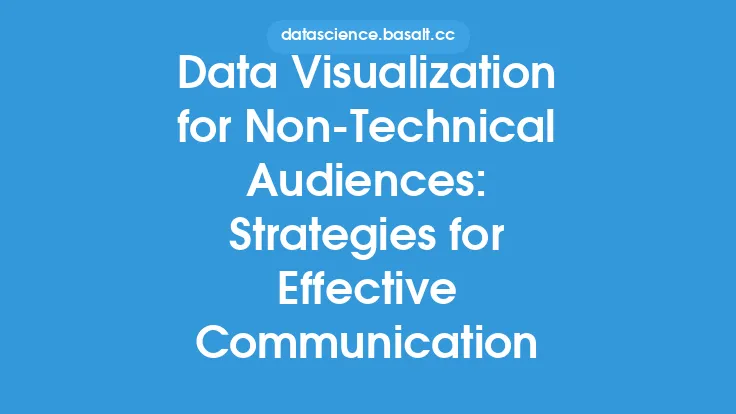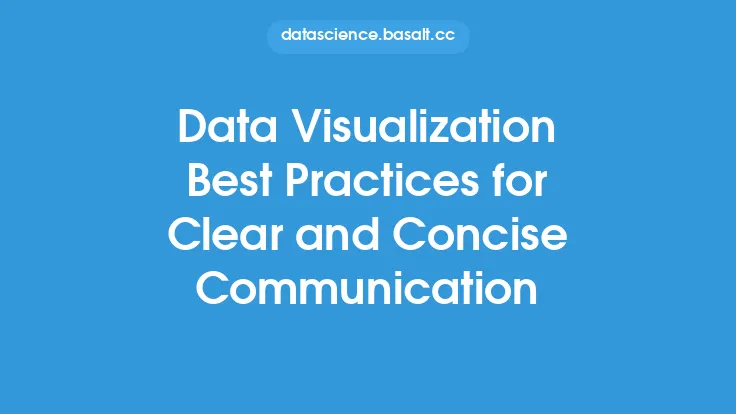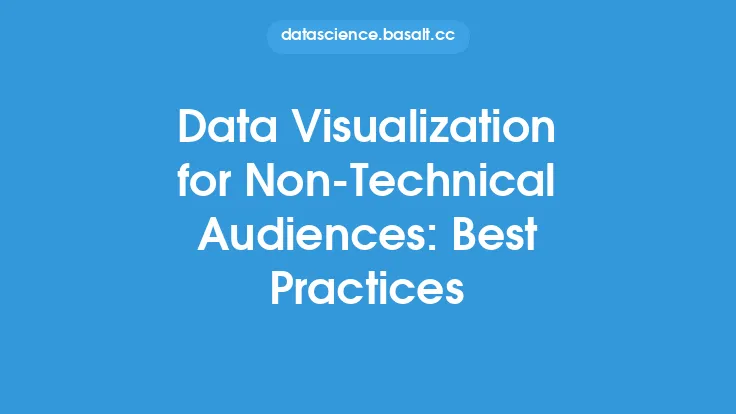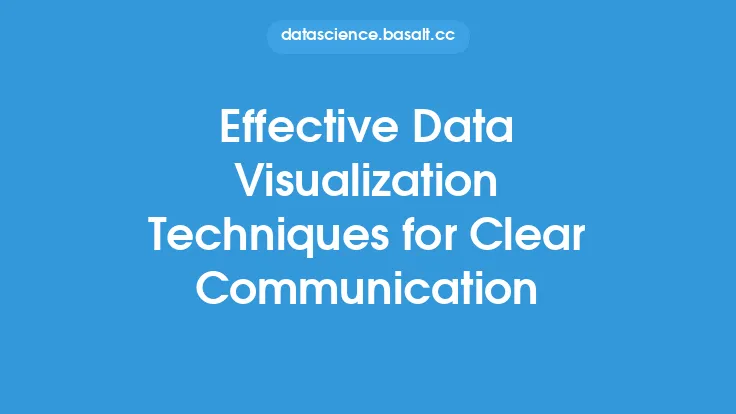Data visualization is a crucial aspect of data analysis, as it enables the effective communication of insights and trends in data to both technical and non-technical audiences. The primary goal of data visualization is to facilitate understanding and exploration of data, and to support decision-making by presenting complex information in a clear and concise manner. In this article, we will discuss the best practices for creating effective data visualizations that convey insights and support data-driven decision-making.
Introduction to Data Visualization
Data visualization is the process of creating graphical representations of data to better understand and communicate the insights and patterns within the data. It involves the use of various visual elements, such as charts, graphs, maps, and tables, to display data in a way that is easy to comprehend and analyze. Effective data visualization requires a deep understanding of the data, as well as the ability to select the most appropriate visualization tools and techniques to convey the desired message.
Principles of Effective Data Visualization
There are several key principles that underlie effective data visualization. These include:
- Clarity: The visualization should be easy to understand and interpret, with a clear and concise message.
- Simplicity: The visualization should be simple and uncluttered, avoiding unnecessary complexity and visual noise.
- Accuracy: The visualization should accurately represent the data, without distortion or manipulation.
- Consistency: The visualization should be consistent in its use of colors, fonts, and other visual elements.
- Context: The visualization should provide sufficient context for the data, including relevant background information and explanations.
Types of Data Visualization
There are several types of data visualization, each with its own strengths and weaknesses. These include:
- Tables: Tables are useful for displaying detailed data, such as lists of values or summary statistics.
- Bar charts: Bar charts are useful for comparing categorical data, such as the number of items in different categories.
- Line charts: Line charts are useful for displaying trends over time, such as stock prices or website traffic.
- Scatter plots: Scatter plots are useful for displaying the relationship between two continuous variables, such as the relationship between height and weight.
- Heat maps: Heat maps are useful for displaying the relationship between two categorical variables, such as the relationship between customer demographics and purchase behavior.
Best Practices for Creating Effective Data Visualizations
To create effective data visualizations, it is essential to follow best practices that ensure clarity, simplicity, accuracy, consistency, and context. Some of these best practices include:
- Use a clear and concise title: The title should clearly indicate the purpose and content of the visualization.
- Use labels and annotations: Labels and annotations should be used to provide context and explain the data.
- Use color effectively: Color should be used to draw attention to important features of the data, but should not be overused or distracting.
- Avoid 3D and other unnecessary visual effects: 3D and other visual effects can be distracting and should be avoided unless they serve a specific purpose.
- Use interactive visualizations: Interactive visualizations, such as those created with tools like Tableau or Power BI, can be useful for exploring data and creating custom views.
Tools and Technologies for Data Visualization
There are many tools and technologies available for creating data visualizations, ranging from simple spreadsheet software like Microsoft Excel to specialized data visualization tools like Tableau and Power BI. Some of the most popular tools and technologies include:
- Tableau: Tableau is a data visualization tool that allows users to connect to a variety of data sources and create interactive visualizations.
- Power BI: Power BI is a business analytics service by Microsoft that allows users to create interactive visualizations and business intelligence reports.
- D3.js: D3.js is a JavaScript library for producing dynamic, interactive data visualizations in web browsers.
- Matplotlib: Matplotlib is a Python library for creating static, animated, and interactive visualizations.
Common Mistakes to Avoid in Data Visualization
There are several common mistakes to avoid in data visualization, including:
- Using the wrong type of visualization: Using the wrong type of visualization can make the data difficult to understand and interpret.
- Overusing color and other visual effects: Overusing color and other visual effects can be distracting and make the visualization difficult to read.
- Failing to provide context: Failing to provide context, such as labels and annotations, can make the visualization difficult to understand.
- Manipulating the data: Manipulating the data, such as by using misleading scales or axes, can be misleading and unethical.
Conclusion
Data visualization is a powerful tool for communicating insights and trends in data, and for supporting data-driven decision-making. By following best practices and using the right tools and technologies, it is possible to create effective data visualizations that convey complex information in a clear and concise manner. Whether you are a data analyst, business leader, or simply someone interested in understanding data, data visualization is an essential skill that can help you to extract insights and meaning from data, and to make informed decisions.
